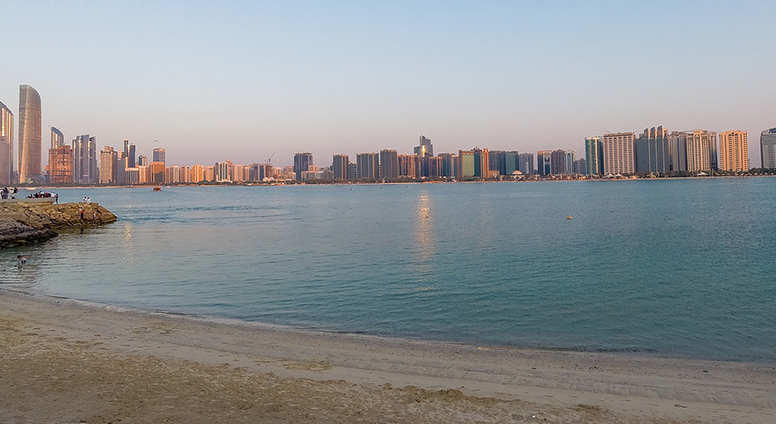April 29, 2010
It was a deliberate decision of the Abu Dhabi Commercial Conciliation and Arbitration Centre (ADCCAC) to include both the term and procedures for “conciliation” in their rules.
Representatives of ADCCAC regularly comment to the effect that they see it as one function of a dispute resolution body to offer to the disputants a pre – arbitration solution, via a speeder and less formal set of procedures. Consistently with that theme, ADCCA has in it’s rules a detailed set of provisions that relate to the concilation of a dispute – before arbitration. Below, in summary, are some features of ADCCAC’s approach, certain of which are quite distinctive.
First, like all ADR provisions, the jurisdiction of ADCCAC’s conciliation process starts with either a disputes clause that includes conciliation as a first step, or by way of a joint, ad hoc, reference from the parties.
ADCCAC’s conciliation procedures then outline, or make provision for, the the particulars of the dispute, and supporting documents, to be provided to the Centre by the claimant and a reply by the respondent.
At that point a Conciliation Board is formed. Again, members of the Board can be agreed between the parties, but if there is no agreement, the Centre will select the Board members.
Next, the Board sits and hears from each party claim, it’s and counterclaims. ADCCAC’s particular procedures require the Board to produce a written summary of the case and that summary, or minutes (as they are termed), must be signed by both parties.
Under ADCCAC’s conciliation rules, the Board can reconvene with the parties, or require further information, as it deliberates on the matters in issue. The Board then produces a written report; delivers it to the parties and then reconvenes to hear the reaction of the parties to the report.
There are then in place (in the rules) a set of procedures by which the Board, and the parties, use the report as a from of, if you like, agenda or reference point to see if the dispute can be resolved. Resolution comes in the form of a version of the report ( an iteration at any stage) being accepted by both parties.
As is usual, ADCCA’s conciliation rules cloak the process in confidentiality and protect any evidence or admissions from future use in arbitration or litigation.
Some might see that this concilation process has borrowed a little from both structured negotiations and mediation. But leaving aside labels, it does have the somewhat unique feature of a report being produced for the consideration of the parties and then used as a tool to represent both progress in negotiations, and, if successful, a settlement.
For western lawyers, there may be some initial hesitation in engaging in a process close to mediation, but where a wirtten report is produced by the tribunal.
I suspect that many readers who are practitioners of ADR solutions on major projects, might also possibly baulk at the degee of formality (i.e. the production of a report by the Board) in ADCCA’s Conciliation procedures. But in a region where Arabic is the national language, and English is permitted and used in commerce, but generally via a side-by-side translation, it is more common than not that there be clear documentation at each stage in the ADR process. For arbitrations, ADCCA provides a case managed approach and indeed a very “hands on” style of management.
For it’s conciliation model, ADCCA’s procedures are more focused on ensuring that the parties understand each stage, and ackowledge perhaps any concessions or partial agreements on facts or figures that have been reached.
Concluding this part of the 4 part series, it can fairly be observed that, in the UAE, and in Abu Dhabi in particular, all industry participants – especially their legal advisors – need to support the use of Dispute Adjudiction Boards (in the FIDIC Abu Dhabi Governement form) and further should refer to and include ADCCA’s conciliation process in the dispute resolution clauses in contratcs for major projects, or, indeed, even in significant commecial transactions.
There is a real risk that if these techniques of ADR are not supported, the region will not be able to attract the inflow of foreign investment, which it is now is critically dependent upon.

